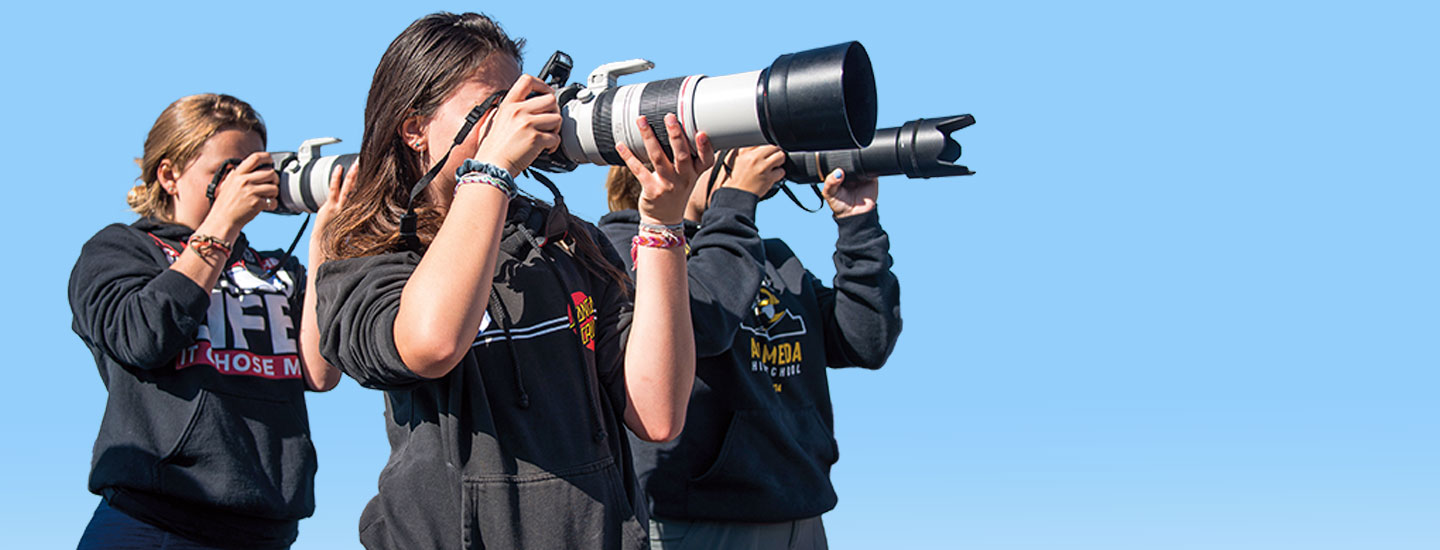Last September, 15-year-old Daphne Perlich took a boat ride through a California wetland. Suddenly, a baby sea otter popped out of the water and began playing with a discarded boot. Daphne whipped out her camera to take a picture. Luckily, a world-renowned wildlife photographer was there to offer advice.
Daphne was attending a free workshop held by Girls Who Click. The nonprofit was founded in 2017 by award-winning photographer Suzi Eszterhas. She has traveled the world photographing wildlife. Now she takes time between her adventures to teach teen girls the tricks of the trade.
Last September, Daphne Perlich took a boat ride through a California wetland. Suddenly, a baby sea otter popped out of the water. It was playing with a discarded boot. Daphne, 15, whipped out her camera to take a picture. Luckily, an award-winning wildlife photographer was there to offer advice.
Daphne was attending a free workshop held by Girls Who Click. Photographer Suzi Eszterhas started the organization in 2017. Eszterhas has traveled the world photographing wildlife. Now, between her adventures, she teaches teen girls photography skills.

